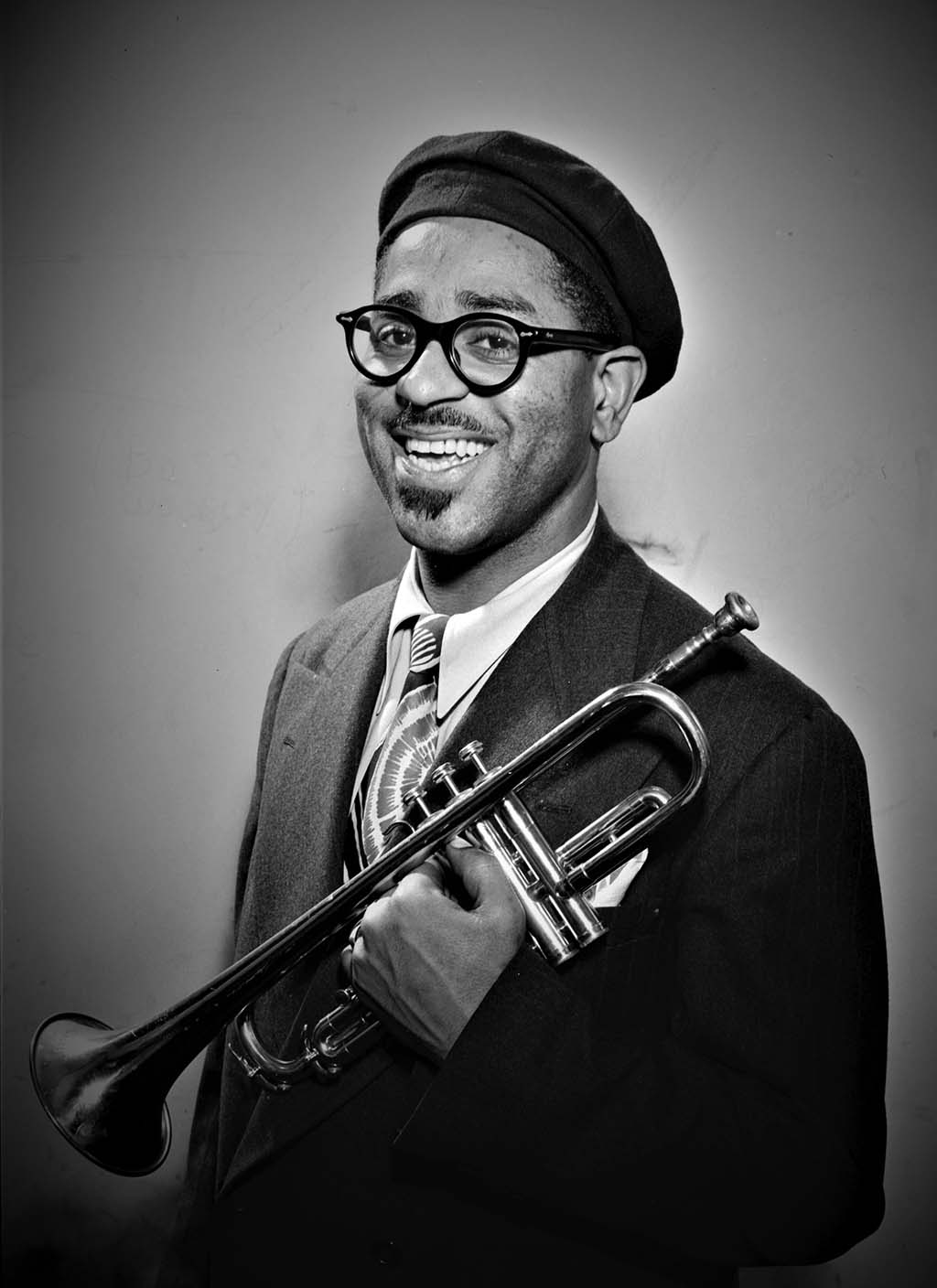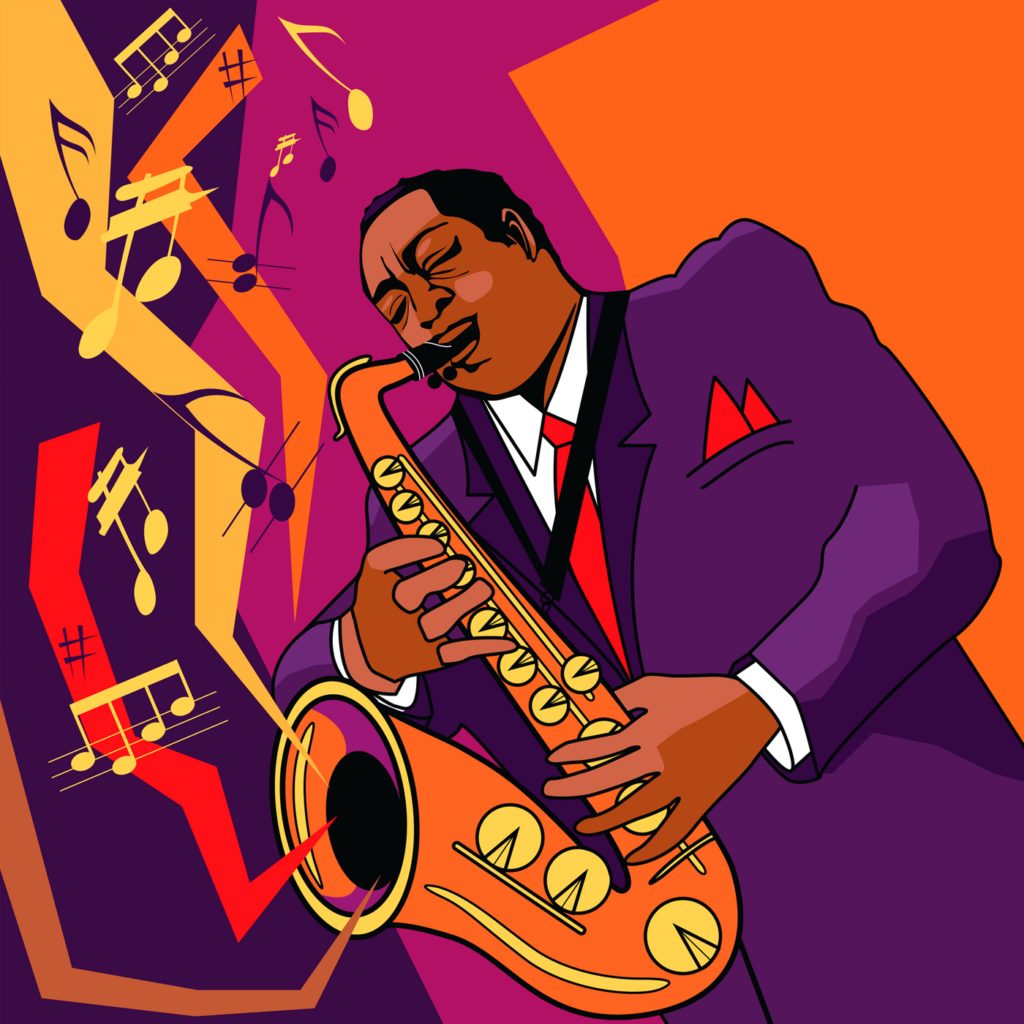The Impact of Bebop Jazz
History and Evolution of Bebop
Bebop is a style of jazz developed in the early to mid-1940s in the United States. Bebop developed as the younger generation of jazz musicians expanded the creative possibilities of jazz beyond the popular, dance-oriented swing style with a new “musician’s music” that was not as danceable and demanded close listening. With a focus on improvisation, bebop allowed for an explosion of innovation. While many aspects of swing were imported, such as the triplet-based swing feel and a proclivity for the blues, bebop musicians played tunes at much faster tempos. Inspired by the more harmonically and rhythmically experimental players from the swing era. The term “bebop” is an onomatopoeic reference to the accented melodic lines of the music. Sometimes shortened to “bop,” the name was most likely given to the style music retroactively, as the musicians themselves often referred to their style simply as “modern jazz.

Characteristics of Bebop Jazz
The style features compositions characterized by a fast tempo, complex chord progressions with rapid chord changes and numerous changes of key, instrumental virtuosity, and improvisation based on a combination of harmonic structure, the use of scales and occasional references to the melody. As bebop was not intended for dancing, it enabled the musicians to play at faster tempos. Bebop musicians explored advanced harmonies, complex syncopation, altered chords, extended chords, chord substitutions, asymmetrical phrasing, and intricate melodies. Bebop groups used rhythm sections in a way that expanded their role. Whereas the key ensemble of the swing era was the big band of up to fourteen pieces playing in an ensemble-based style, the classic bebop group was a small combo that consisted of saxophone (alto or tenor), trumpet, piano, guitar, double bass, and drums playing music in which the ensemble played a supportive role for soloists. Rather than play heavily arranged music, bebop musicians typically played the melody of a composition (called the “head”) with the accompaniment of the rhythm section, followed by a section in which each of the performers improvised a solo, then returned to the melody at the end of the composition.
Important Bebop Musicians

Charlie Parker
Alto saxophonist Charlie Parker played in many swing bands as a young musician, including those of Jay McShann and Earl Hines. After drummer Jo Jones threw a cymbal at him for playing badly, Parker began to practice obsessively. The style he developed combined lyricism with an unmatched command of harmony and technique. He was soon often imitated by musicians in the 40s, and to this day jazz musicians study his approach. Many of his compositions are considered jazz standards, including “Confirmation,” “Moose the Mooche,” and “Billie’s Bounce.”

Dizzie Gillespie
Trumpeter Dizzy Gillespie breathed new life into the trumpet. Influenced largely by Roy Eldridge, Gillespie pushed the limits of the instrument, playing fast and nimble melodic lines in all of its registers. Jointly, with Charlie Parker, Gillespie is credited with defining bebop.

Thelonius Monk
Heavily influenced by the Harlem stride piano styles of James P. Johnson and Fats Waller, pianist Thelonious Monk helped develop bebop in Minton’s Playhouse, a Harlem club where musicians in the ’40s tested their improvisational experiments. Monk’s quirky and unique harmonies broke from convention and pushed the limits of jazz. His compositions, such as “Blue Monk,” “Epistrophy,” and “In Walked Bud,” represent a large portion of jazz standards today.

Max Roach
A drummer who worked with virtually all of the top jazz musicians in the 1940s, Max Roach is responsible for developing the bebop approach to drums. While playing with Charlie Parker, Dizzy Gillespie, and Miles Davis, Roach shifted focus from the bass drum to the ride cymbal as the main time-keeping element of the drum set. This allowed for a freer and more flexible sound overall, giving the soloist room to experiment with rhythm, and allowing the drummer space to interact with the soloist


